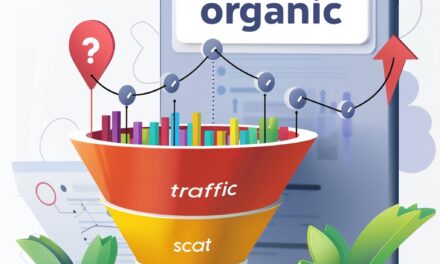What is Conversion Rate Optimization?
Conversion Rate Optimization is the process of optimizing your website to get more conversions. It’s important because it helps you increase sales, leads and signups.
Conversion Rate Optimization can be done in many different ways:
- Changing the design of your landing page (for example, by adding or removing text)
- Adding new features that make it easier for people to complete their goal (for example, adding a button that allows users who are interested in buying something on your site but haven’t checked out yet)
How Does Conversion Rate Optimization Work?
To understand how conversion rate optimization works, it’s important to first know what you’re trying to optimize. In most cases, this is a website or landing page that has a goal (e.g., getting people to sign up for your newsletter).
Once you’ve identified your goals and have set up tracking tools on your website or landing pages, it’s time to start analyzing data. You’ll want to look at things like:
- How many people visit each page?
- What pages do they visit before making a purchase?
- What content are they viewing on each page?
Once you’ve identified common patterns among visitors who convert versus those who don’t convert (or haven’t yet), it’s time for the fun part–optimizing elements of your website!
Why Does Conversion Rate Optimization Matter?
Conversion rate optimization (CRO) is a process that helps you improve your website’s conversion rate. The higher your conversion rate, the more people who buy or sign up for something on your site. This means it can help increase revenue and ROI of your business.
Conversion Rate Optimization also provides valuable insights into how users interact with your website so that you can make improvements in order to provide them with a better user experience.
Steps to Optimize Your Conversion Rate
To optimize your conversion rate, you need to analyze your current conversion rate and then take action.
The first step is to analyze your website’s current conversion rate. You can do this by looking at the number of visitors who have converted on a specific page or form during a certain time frame (for example, 30 days). Then compare that with the total number of visitors who came to that page or form during that same period of time. The resulting percentage will give you an idea of how well-optimized each element on your site is for conversions.
If there are any areas where there are low numbers–for example, if only 1% of visitors convert when they see one particular offer–then it’s likely because something needs improvement in order for more people to convert there in future visits too!
Tips for Optimizing Your Conversion Rate
Here are some tips that will help you optimize the conversion rate of your website:
- Make it easy to navigate. Your website should be easy to use, with a clear hierarchy and simple navigation. If someone can’t find what they’re looking for within three clicks, they’ll likely leave the site and never come back!
- Use clear calls-to-action (CTAs). A CTA is any action that encourages visitors to take an action on your site–it could be something as simple as clicking “buy now” or filling out a form. Make sure that all CTAs are visible at all times so visitors don’t miss them when browsing through different pages of content on your site!
- Test different variations of CTAs using A/B testing software like Optimizely or VWO; this will help determine which ones work best based off performance metrics such as conversion rate optimization





